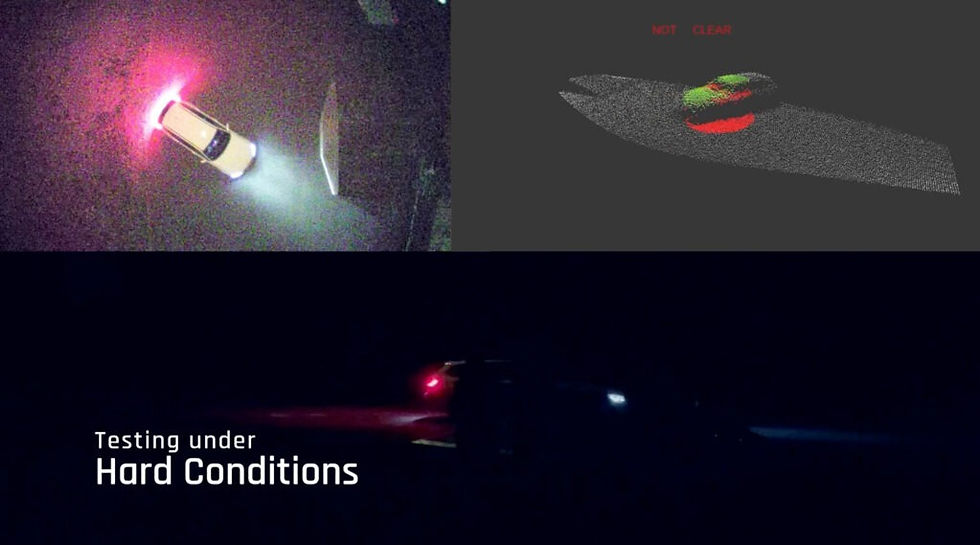Precision Landing Procedure for fully automated Delivery by Drone
- janhartmann6
- Dec 13, 2023
- 2 min read

Spleenlab’s approach is to break down the vision of fully autonomous flight into its sub-steps and fully automate these individual processes using AI-based applications. One of the most critical phases of autonomous flight is landing, where a large number of variable factors play a role.
The US company DroneUp, which has been commissioned by Walmart to deliver parcels by drone over the last mile, asked Spleenlab for a software solution for fully automated landing. At the time, the engineers were already working on a so-called vertical clearance function, which scans the intended landing area for obstacles such as people or objects and sends the corresponding information back to the drone’s control system. At the same time, the development of the downstream process, automatic precision landing, was initiated and driven forward as a core product of the VISIONAIRY software.
The initialisation of the Safe Precision Landing procedure begins with the detection of the landing area, which is provided with a unique marking (similar to a QR code, for example). Once the landing area has been recognised, it is continuously tracked and the vertical clearance is started. Vertical clearance primarily relies on a redundant sensor setup – consisting of LiDAR and camera. The algorithm analyses point clouds supplied by the LiDAR sensor to determine the inclination of the landing zone and to detect objects within a defined radius. By processing camera data, it is possible to use artificial intelligence to classify and track multiple objects in the landing zone. Tracking of the landing pad and vertical clearance run in parallel. This system architecture ensures an extremely high level of safety and is a basic requirement for fully automated flights.
However, it is also possible to perform the vertical clearance function with cameras only, which of course also has economic advantages, as LiDAR sensors are still relatively expensive compared to cameras. If the landing zone is clear and its inclination is within tolerance, the drone switches to the precision landing process. During precision landing, an image-based AI algorithm continuously ensures precise tracking of the landing area. As it descends, the position of the drone in relation to the landing pad is constantly calculated and passed directly to the control unit, which carries out the fully automatic landing. Vertical Clearance also runs in the background during the precision landing. This means that the process can be cancelled at any time if people or objects suddenly appear in the landing zone.

Safe Precision Landing enables landings with centimetre precision. There are also various scenarios. For example, if the landing zone is not clear, the drone can hold its position and perform the test again after a short time. Or it is possible for the operator to select an emergency landing site in the event of technical problems. Of course, the drone can also return to the take-off point as a fallback option. With this technology, Spleenlab is delivering a completely new approach that promises a high level of reliability, particularly in the field of logistics. In cooperation with DroneUp, we are constantly developing the software further and intensive tests have shown that the AI-based applications deliver very good performance and that there is sufficient buffer for further real-time applications despite the limited computing power.
